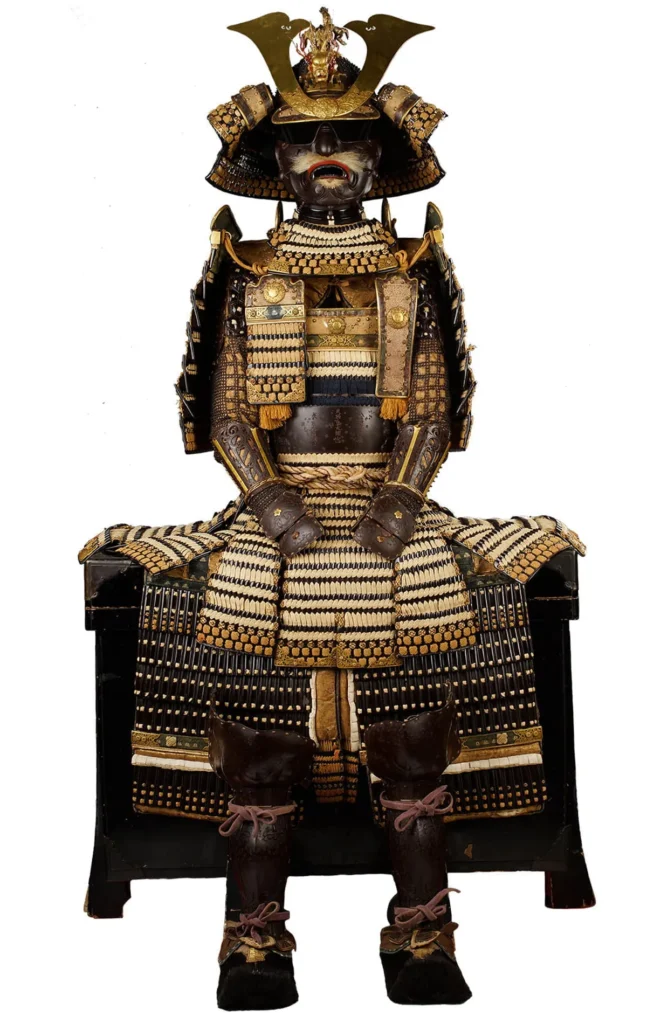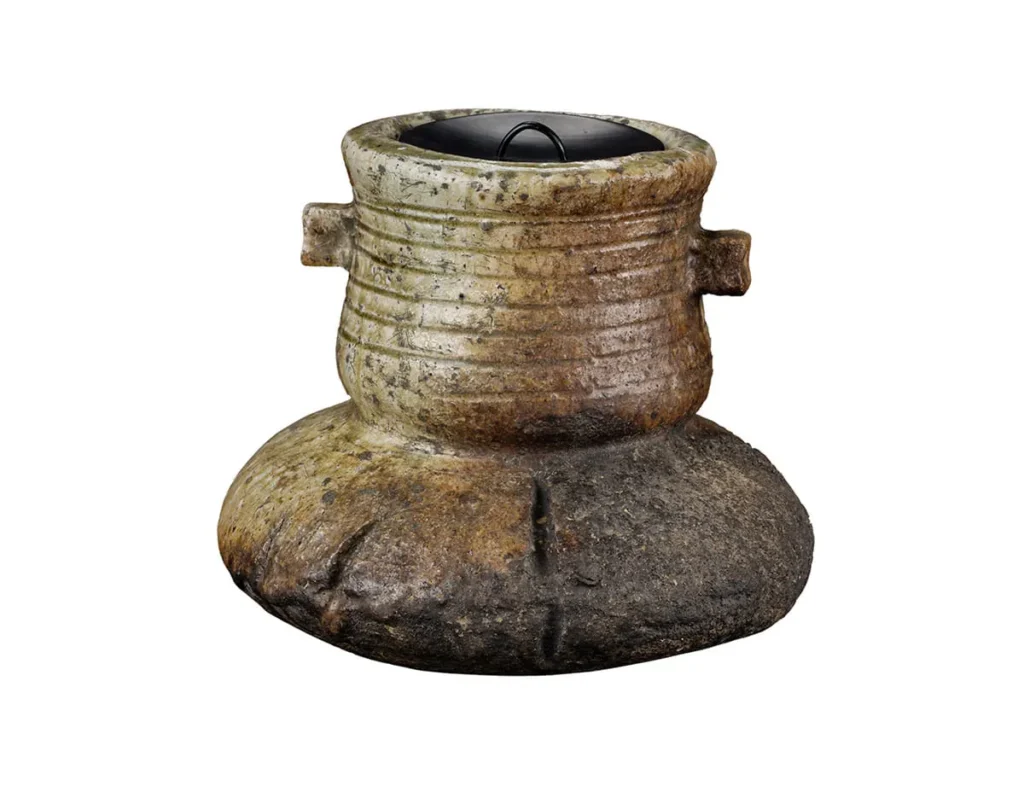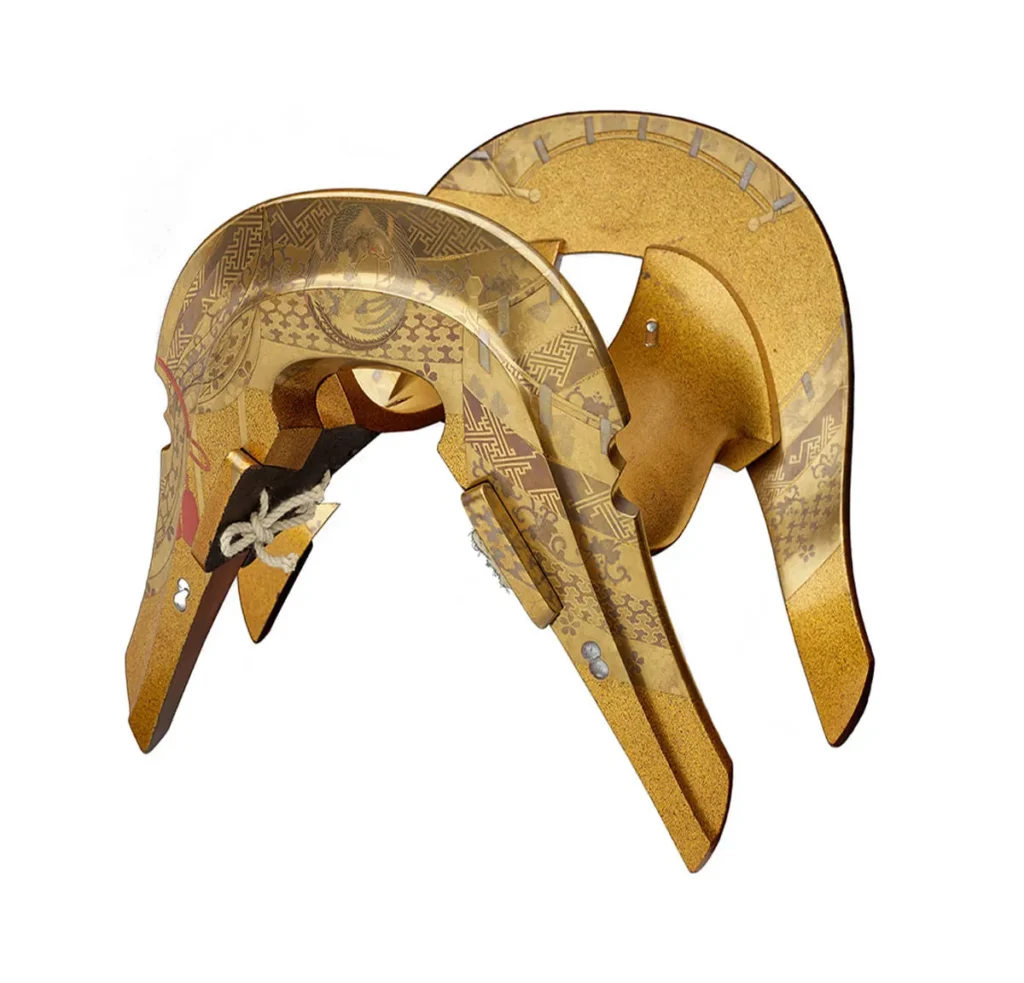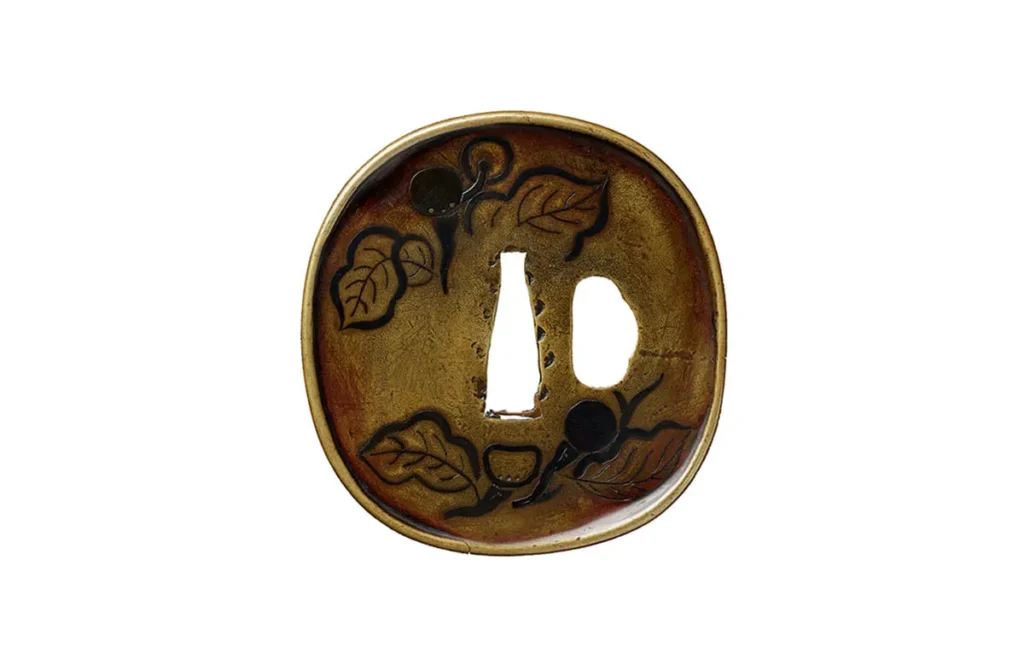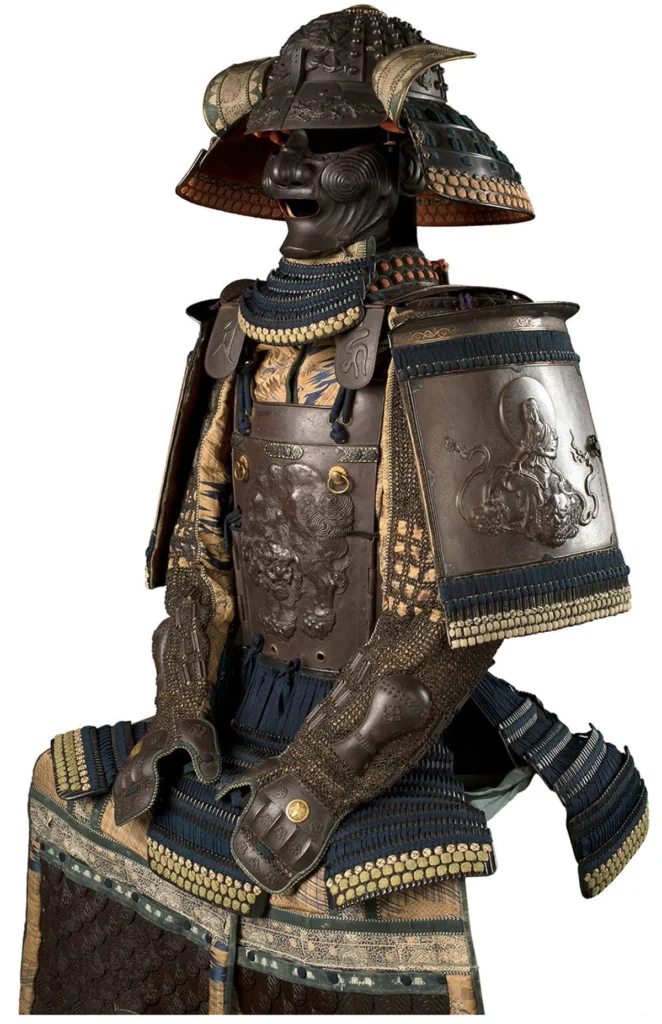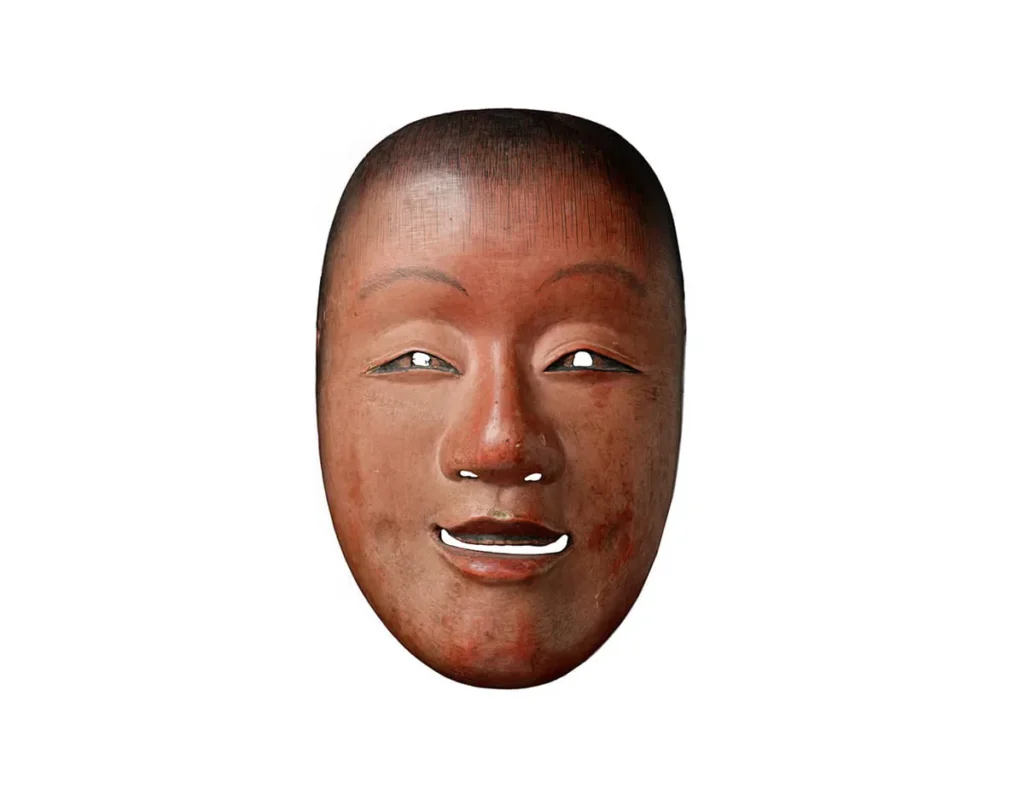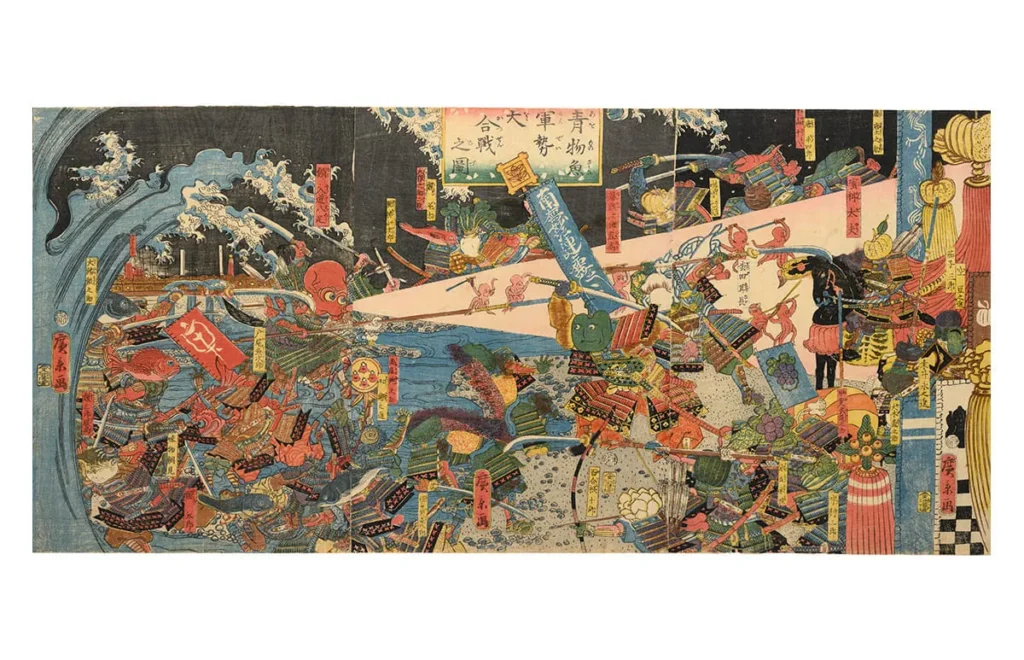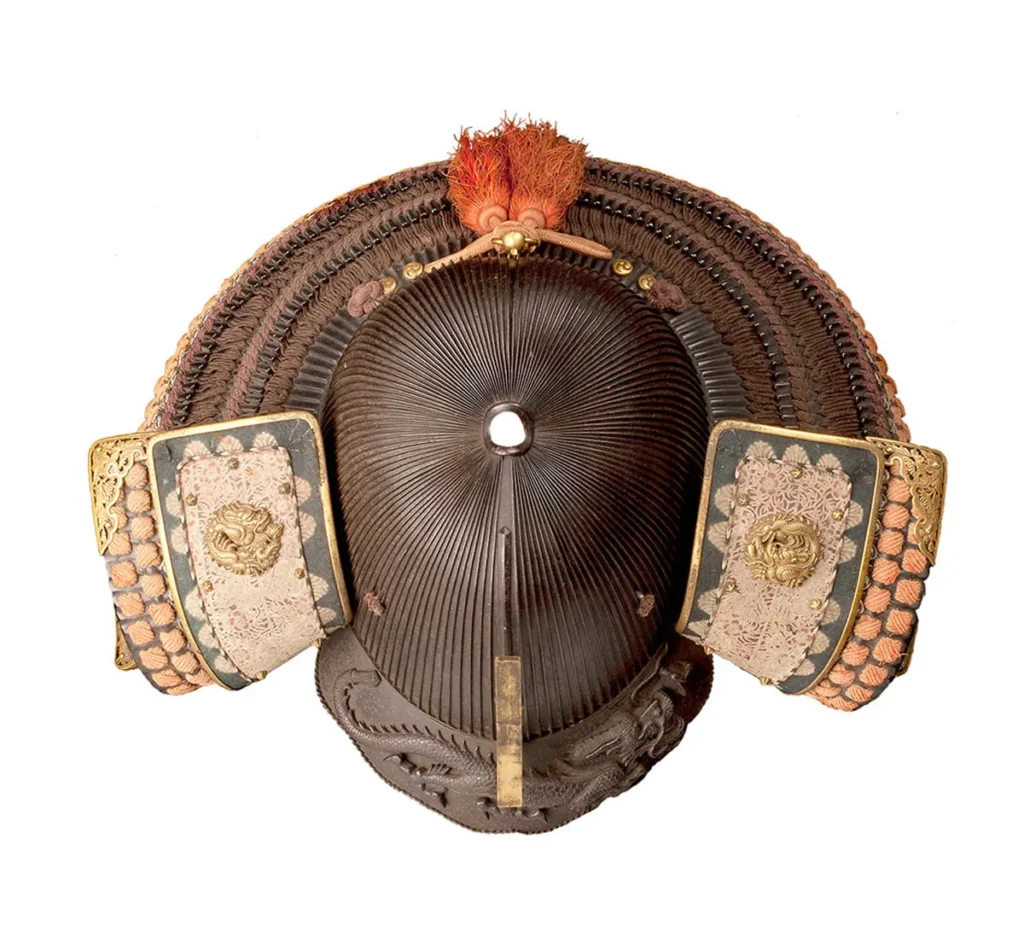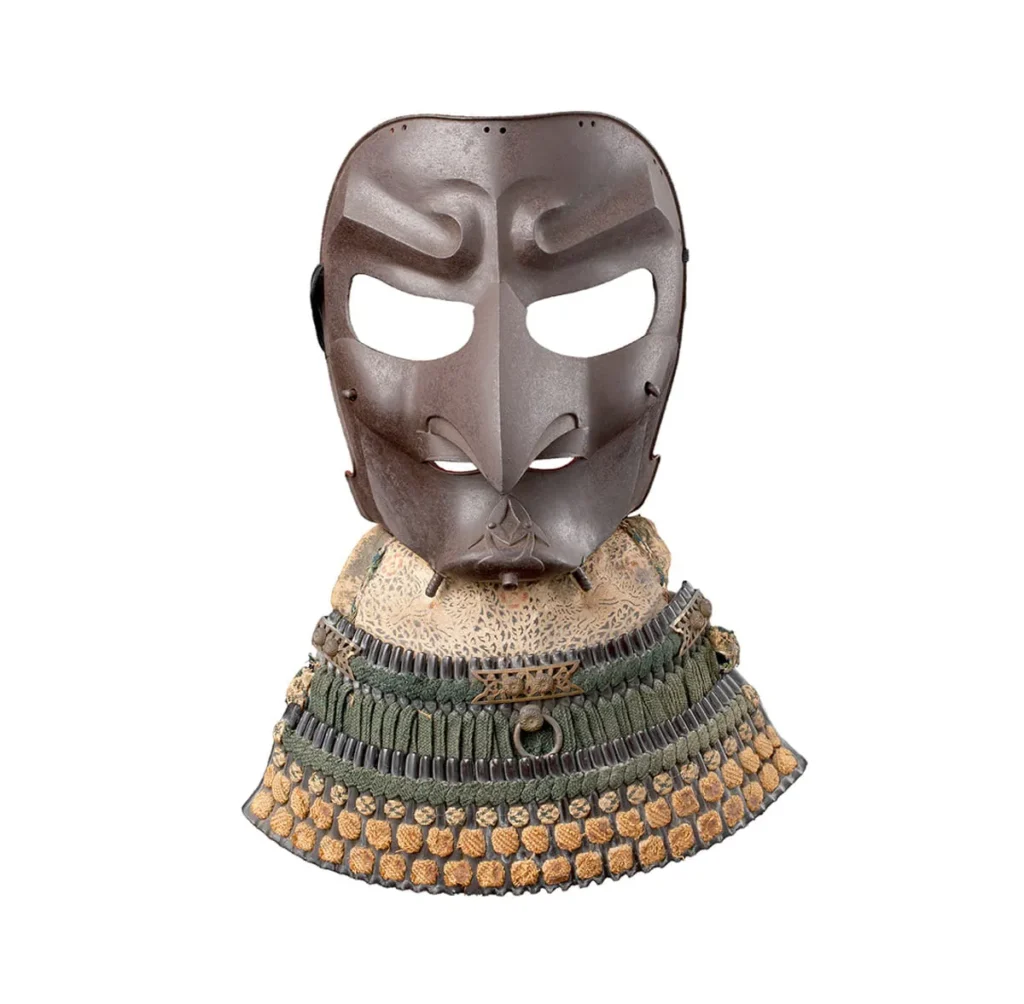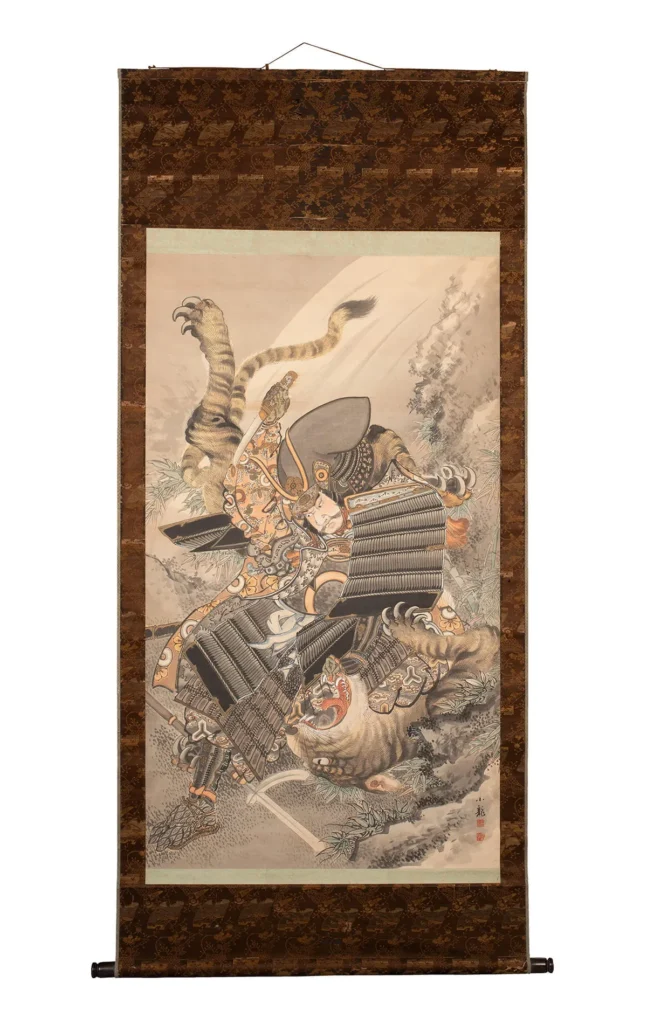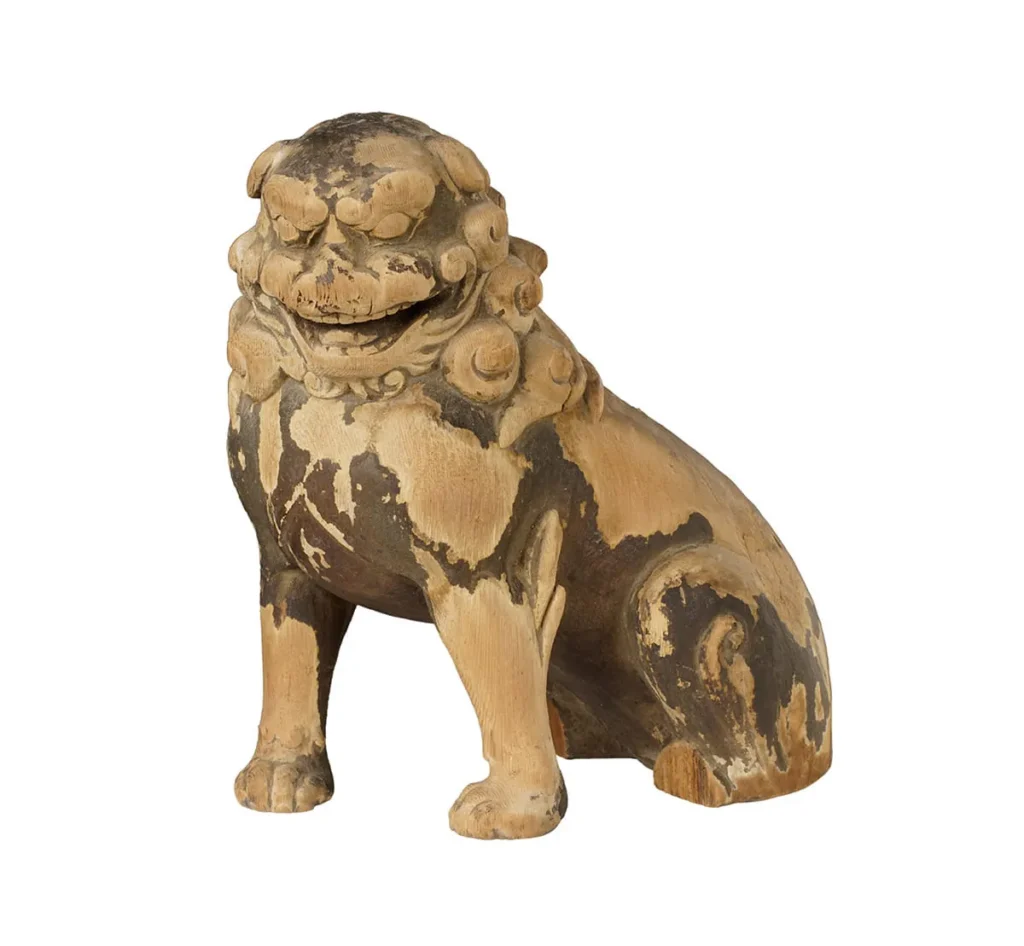About the museum
The Samurai Museum houses one of the largest private collections of authentic samurai artefacts worldwide.
Historitcal objects and multimedia installations lead visitors on an interactive journey of discovery into the world of the samurai on a museum parcours spread over 1,500 square metres. For centuries, the samurai shaped the history of Japan, both on the battlefield and at the imperial court. In the permanent exhibition, over 1,000 objects bring the way of life, art and traditions of feudal Japan to life. Interactive installations, touchscreens, gigapixel images, CT scans, and rotating display cases, offer unique insights into the extraordinary artistry of traditional Japanese craftsmanship. Not only armour and weapons, but also decorative sword fittings, woodblock prints, sculptures, and tea utensils illuminate cultural influences of the samurai that continue to this day.
Temporary exhibitions bridge the gap to the present and explore the influence of the samurai on contemporary culture, both in and outside Japan. The Samurai Museum Berlin is designed as a space open to all, encouraging unexpected discoveries and cross-cultural encounters.
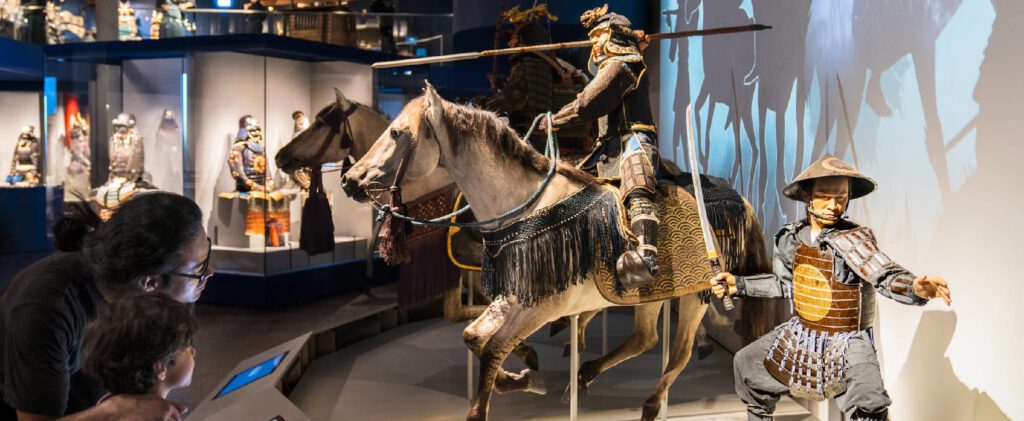
Multimedia installations
Interactive installations offer extraordinary insights into the world of the samurai and bring the distant era within reach. An interactive 3D model takes visitors on a journey through the history of Japan in a global context.
Projections and touchscreens playfully guide visitors playfully through the exhibition. Zoom into gigapixel images to admire minute details, catch yokai, explore the labour-intensive processes of Japanese sword making, and experience unique Noh and Taiko performances.
Fascinating armours, artful swords, mysterious masks – discover the world of Japan’s legendary warriors. Interactive. Innovative. In Berlin center.
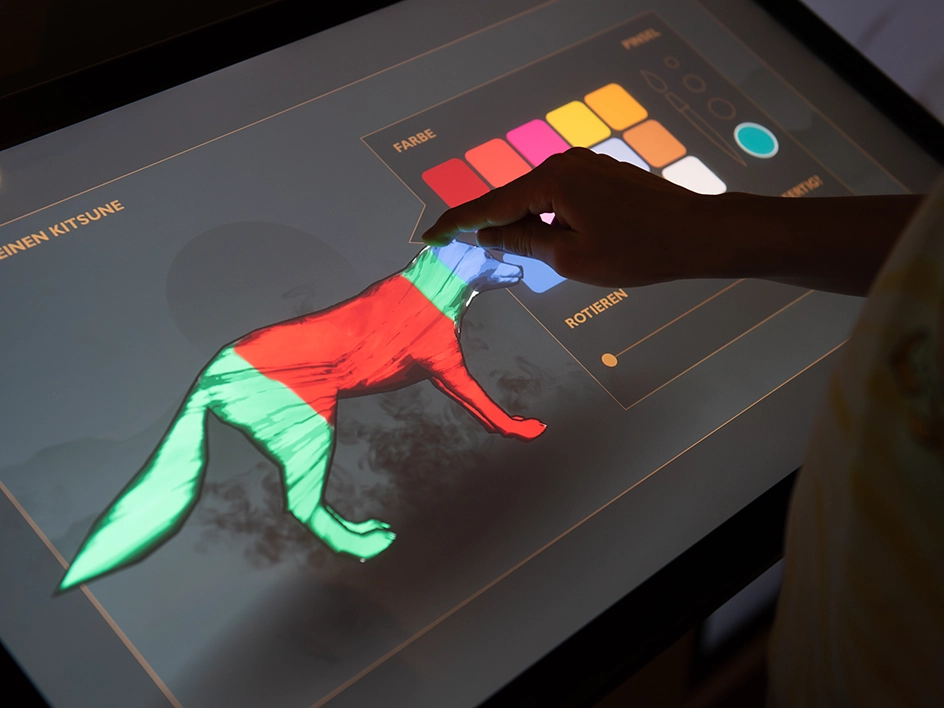

Your guide Kitsune
In Japanese folklore, Kitsune are shape-shifters with magical powers. They are a form of yokai, supernatural beings who are neither good nor evil as such. During the tour, Kitsune takes on the role of a signpost or guide and accompanies visitors through the thematic areas of the museum. At interactive stations, especially the youngest visitors are invited to join in.
During the tour, Kitsune becomes wiser and wiser, and grows additional tails until it finally reaches its final form as a nine-tailed fox.
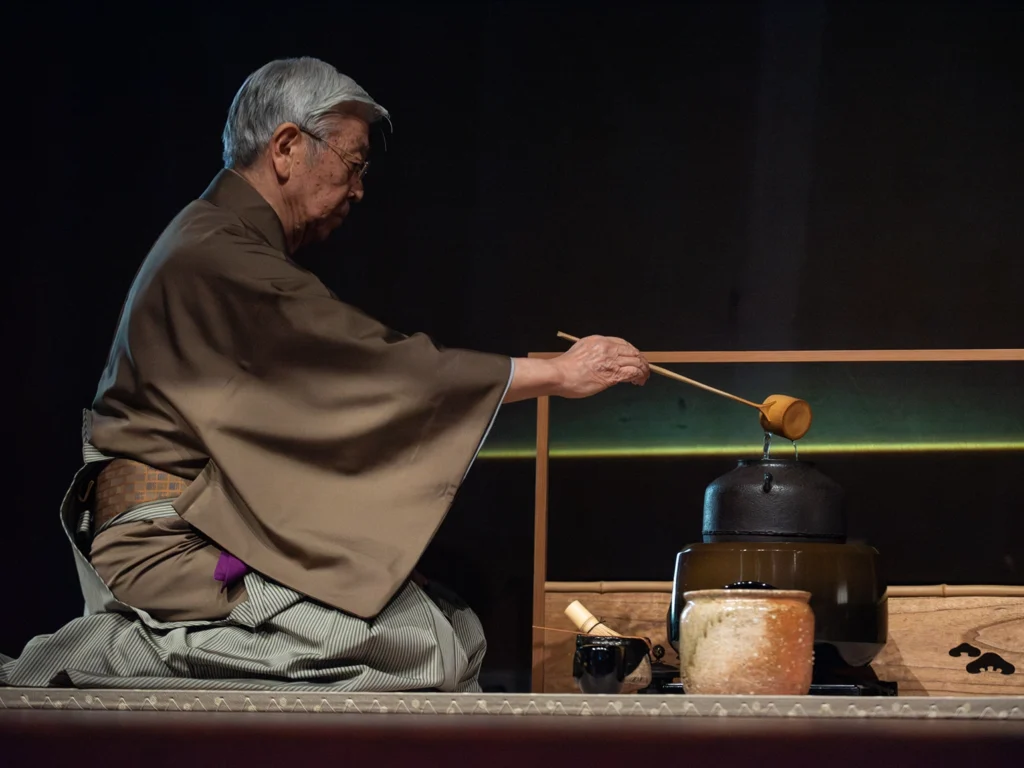
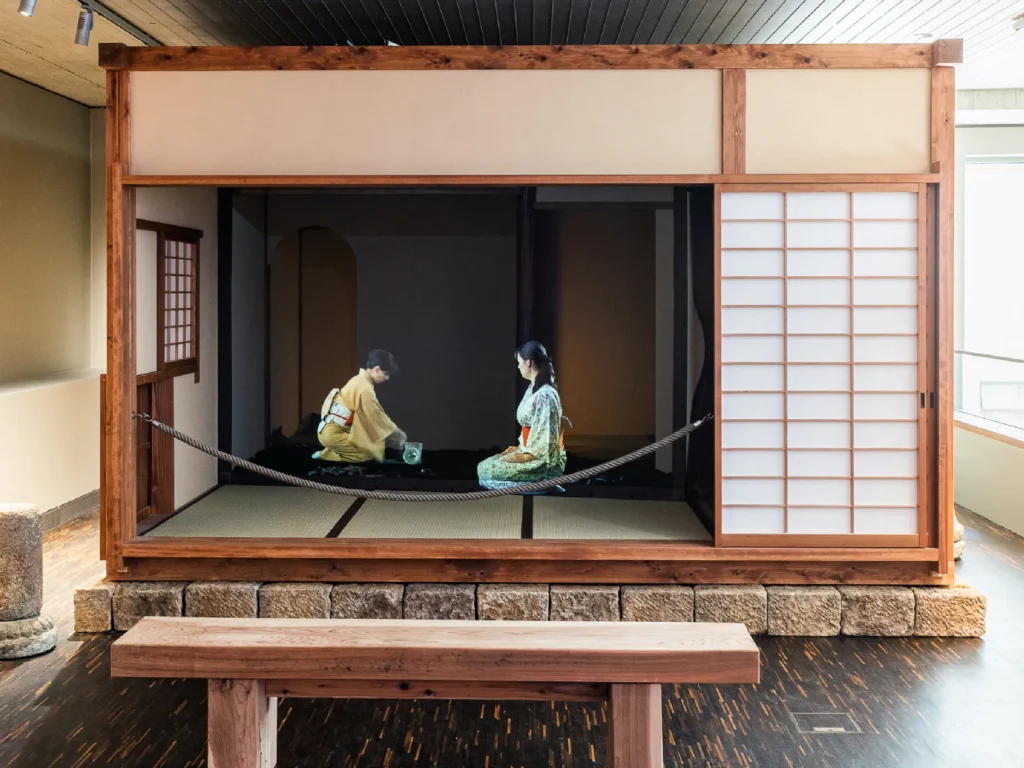
Noh theatre and tea house
The spacious Noh theatre and the tea house on the second floor were built in Japan with traditional materials and techniques, and subsequently erected in Berlin. These impressive constructions offer an insight into the long-lasting cultural influences of the samurai on the traditions of Japan through realisitc projections.
Every 30 minutes, visitors can immerse themselves in excerpts of various Noh plays or Taiko drum performances. The tea house offers visitors the opportunity to gain an insight into the processes of the tea ceremony.
Exhibits
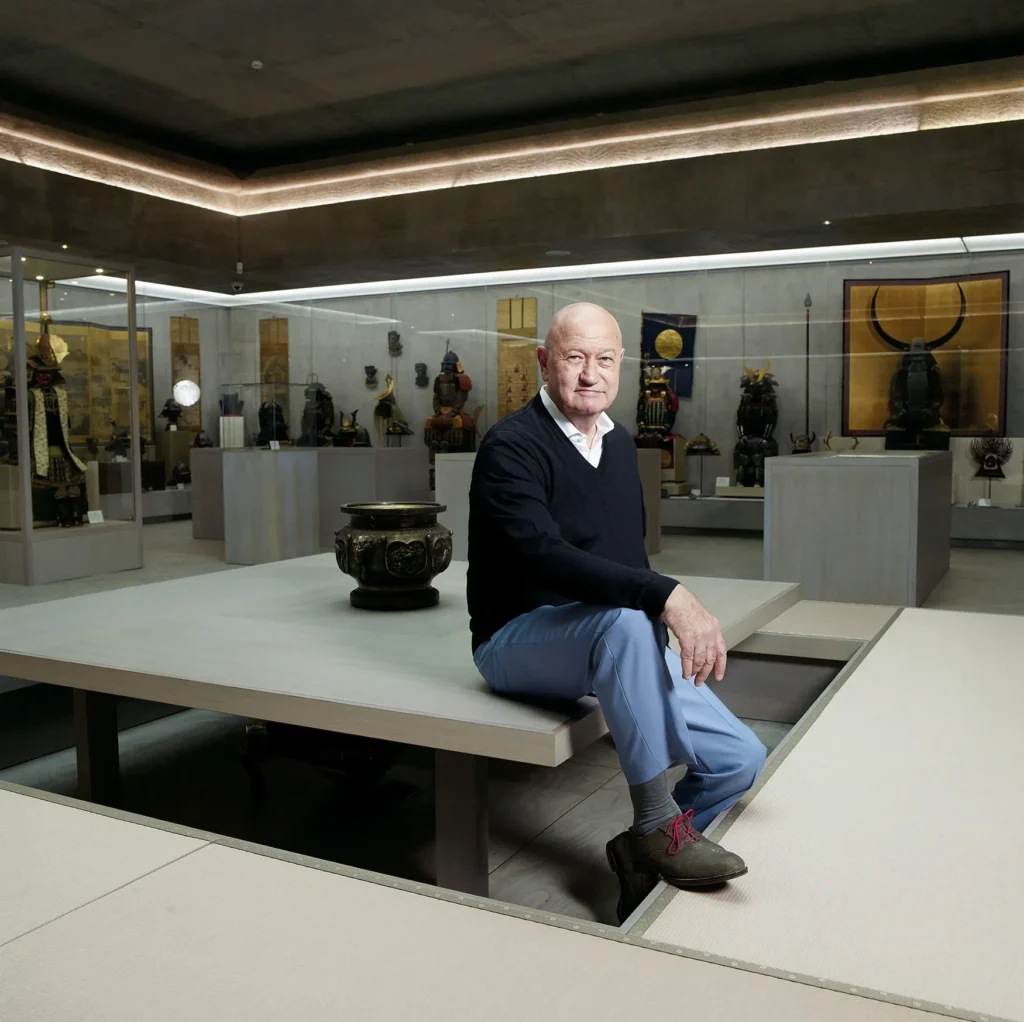
The Peter Janssen Collection
Inspired by his passion for martial arts and Japanese culture, Peter Janssen acquired his first katana over forty years ago and has been collecting samurai artefacts ever since. What began with a find at a flea market in Berlin, has now grown into a collection of more than 4,000 objects that is unique outside Japan in terms of variets and scope.
The pieces date from the late Kofun to the early Meiji period (6th - 19th century) and offer a fascinating insights into the development of Japanese culture and craftsmanship. The collection includes not only weapons and armour, but also textiles, paintings, woodblock prints, tea utensils, and Buddhist sculptures.
Highlights of the collection are an 18th-century palanquin, a 17th-century armour of the Matsudaira clan and tea utensils from the time of Sen no Rikyū (1522–1591).
Driven by the desire to share his passion and fascination for these exceptional examples of traditional Japanese craftsmanship, Peter Janssen opene the Samurai Art Museum in Villa Clay in 2017. Only a few years later, the continuous growth of the collection called for a new location. This was found in Auguststraße at the former location of the me Collectors Room in the centre of Berlin. With contemporary museum presentation and the multimedia staging of exhibits. Peter Janssen opens up the fascinating world of the samurai to visitors of all ages. Children and young people are addresses just as much as laypeople and experts. In the future, the Research Centre of the Samurai Museum Berlin will remain in the former rooms of the Villa Clay.
